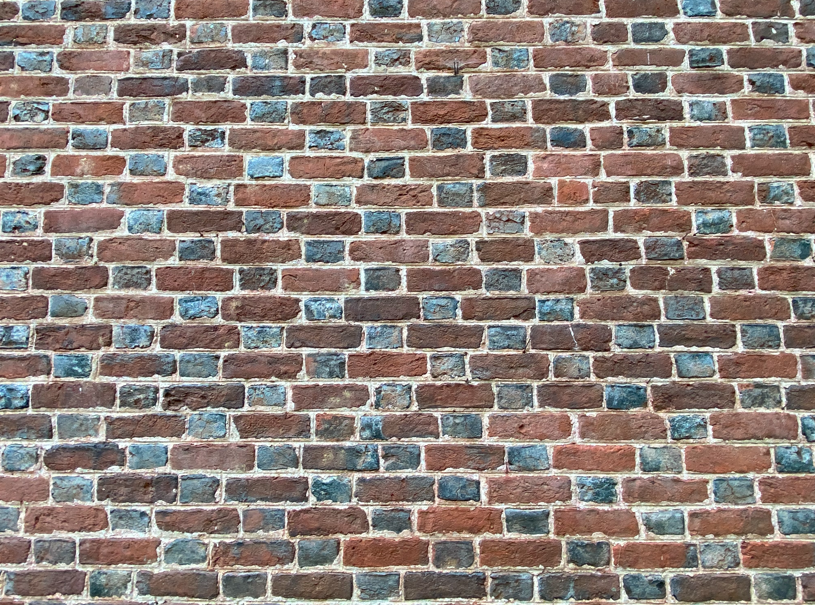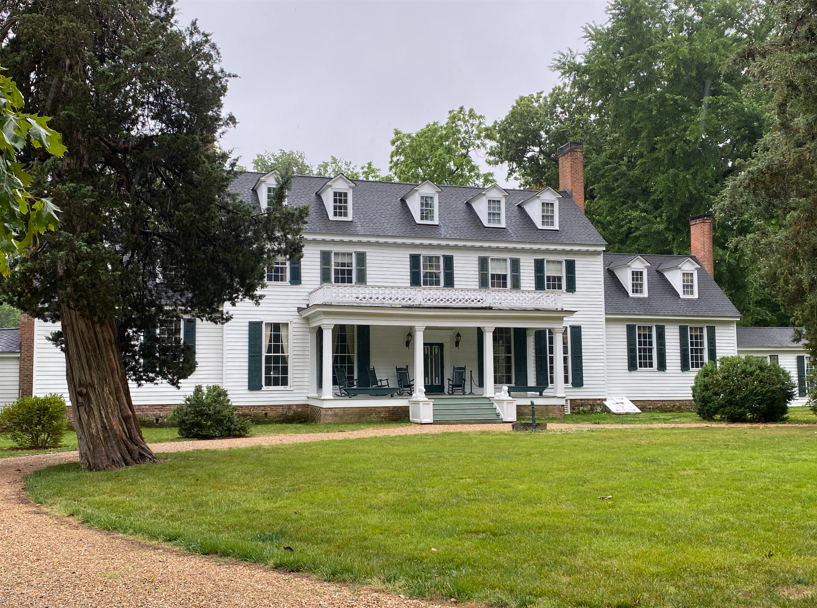Fredericksburg VA – September 2021





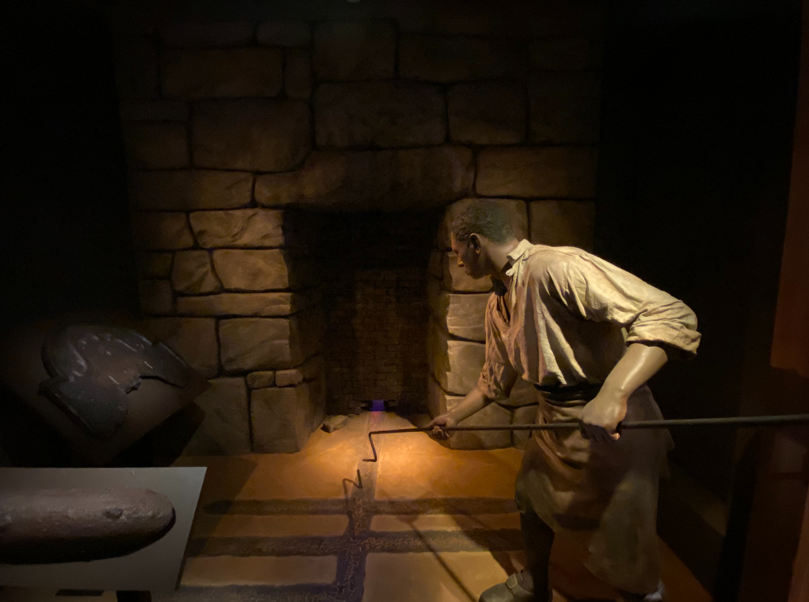




















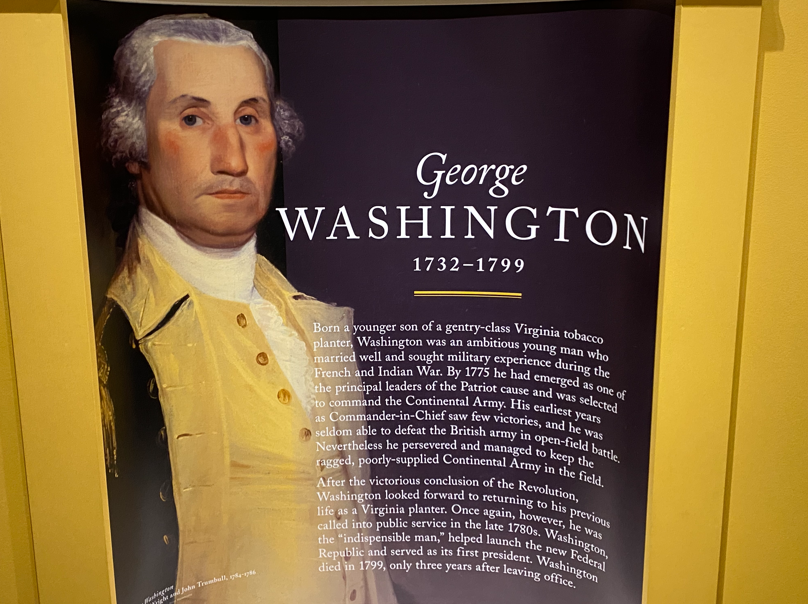









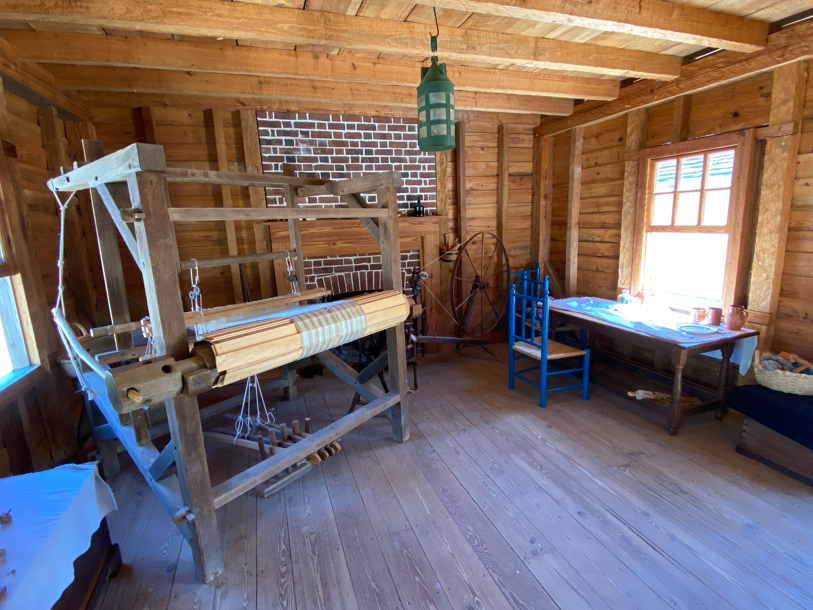






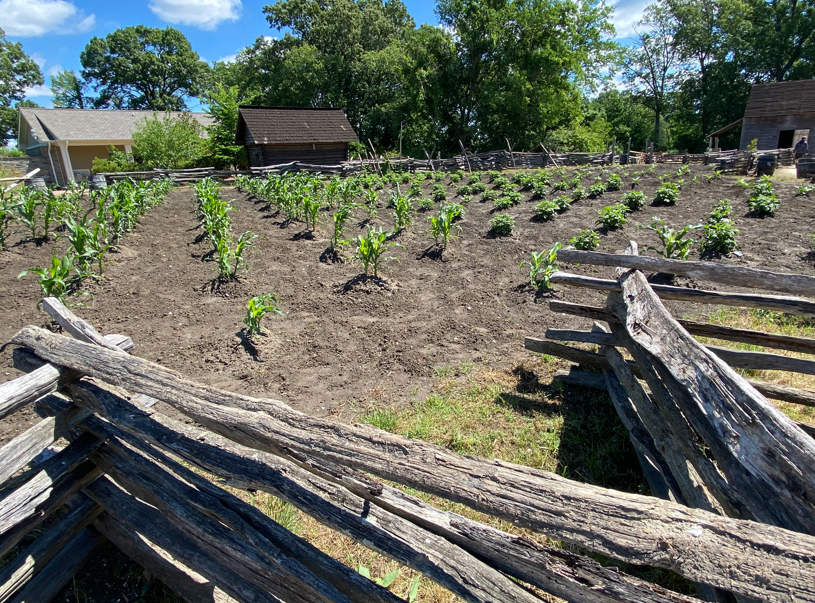

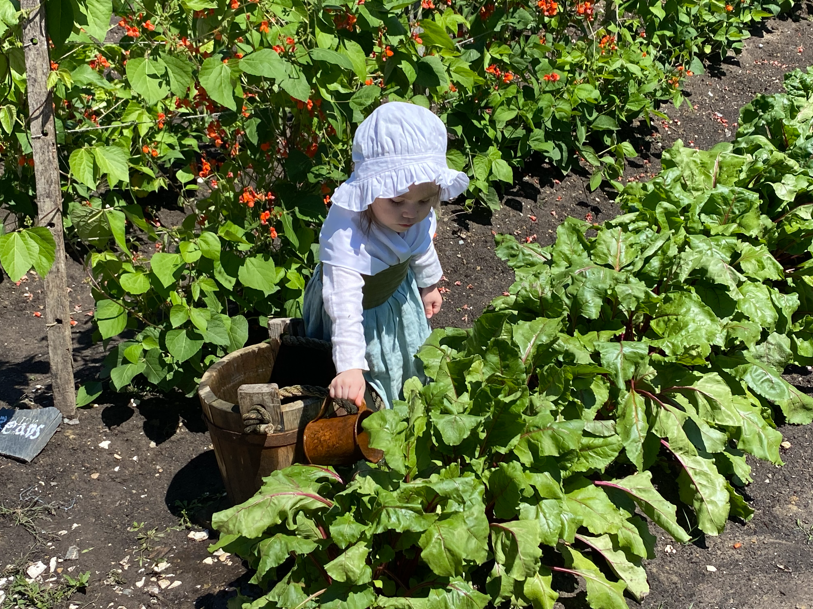


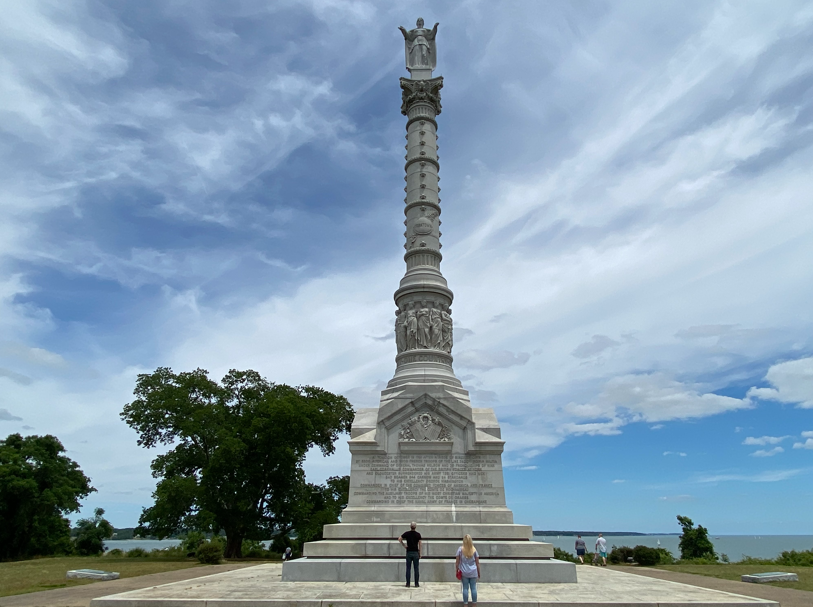


Colonial Williamsburg is really a living history museum about life in 18th century Colonial America. Most of the buildings were in severe disrepair and restored in the 1930s thanks to its benefactor John D. Rockefeller. There are still several original structures, which I have marked as such in my descriptions below. We spent pretty much all day here. It was very educational.
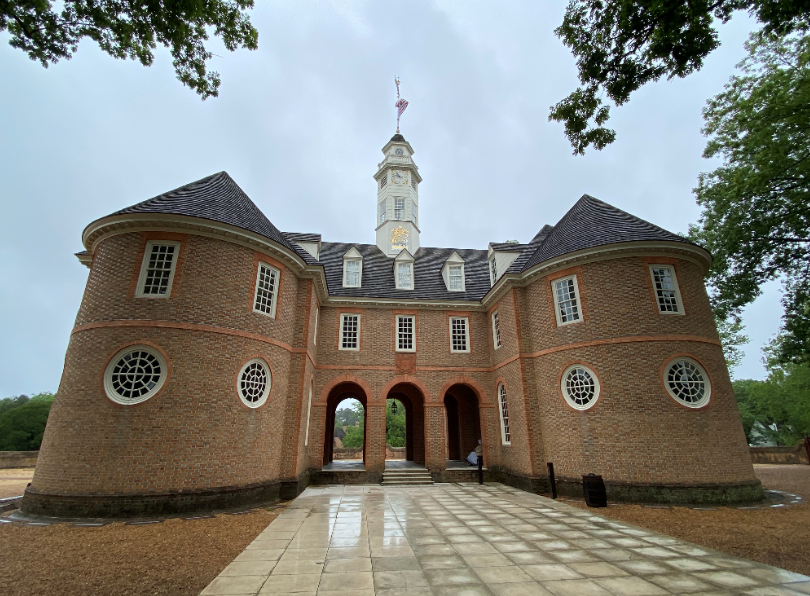
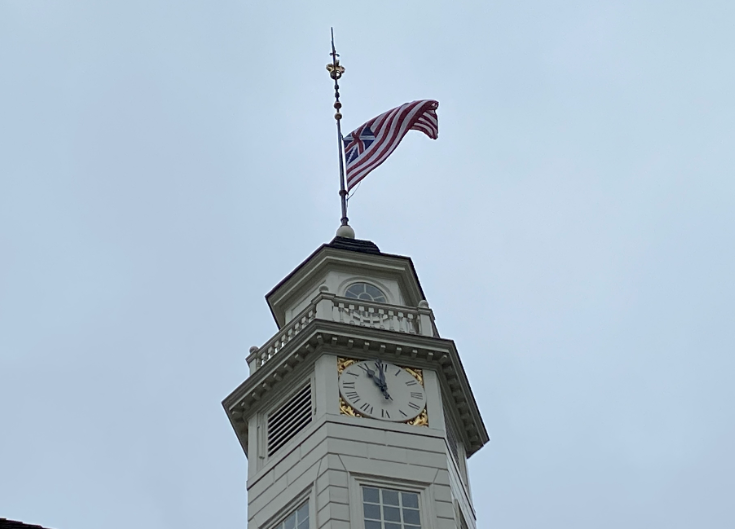


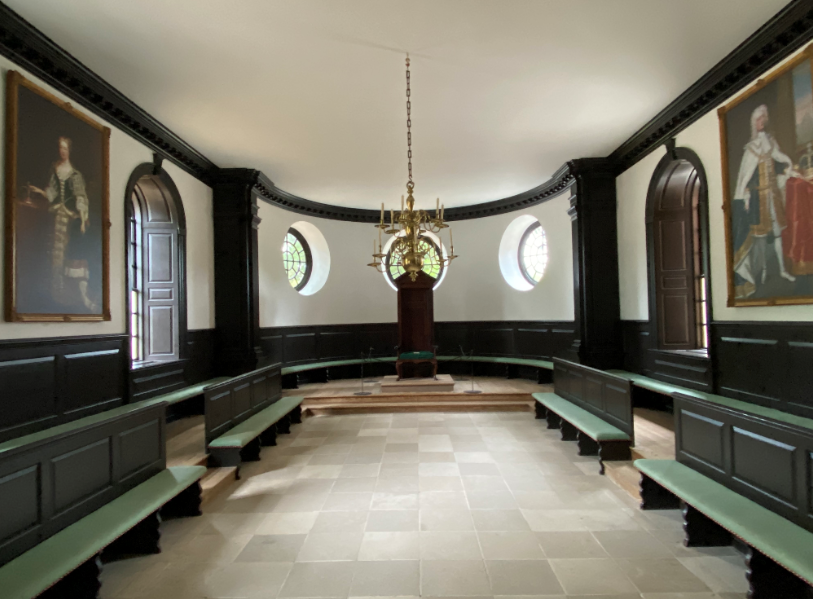



















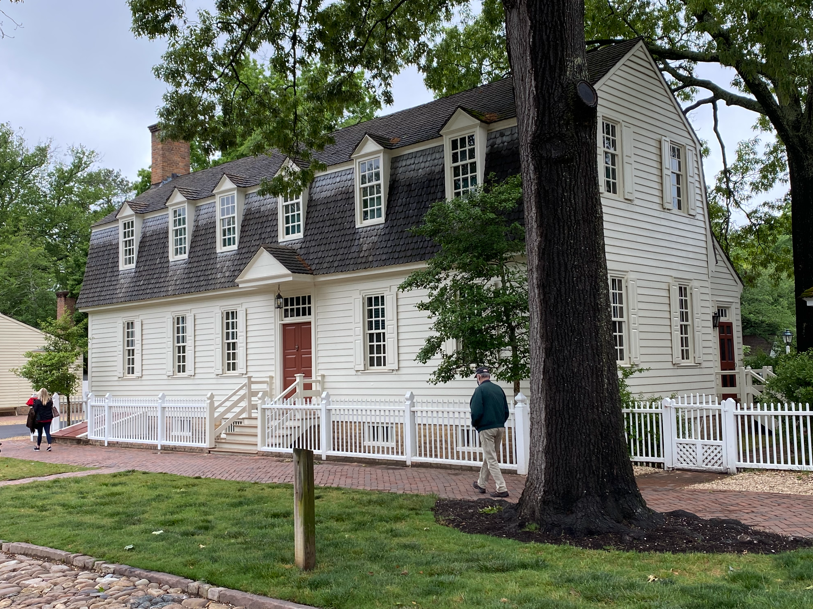

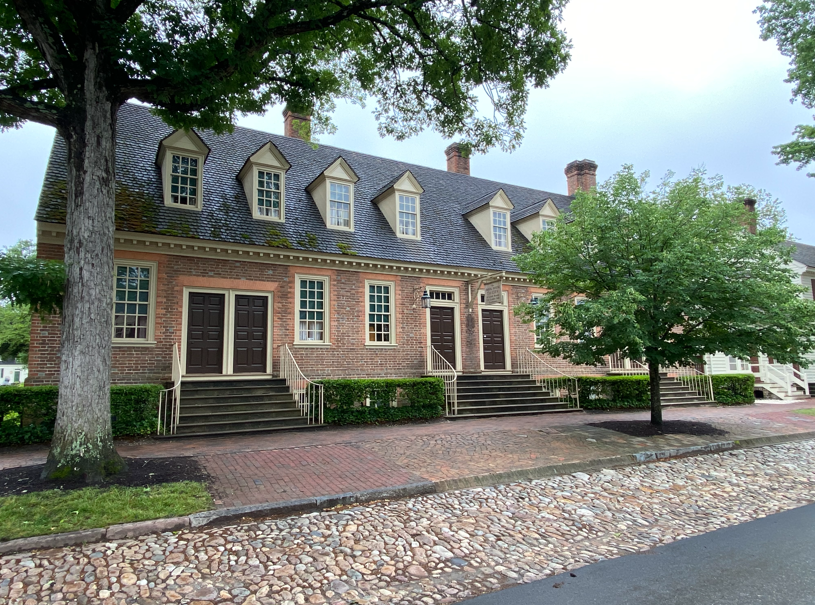


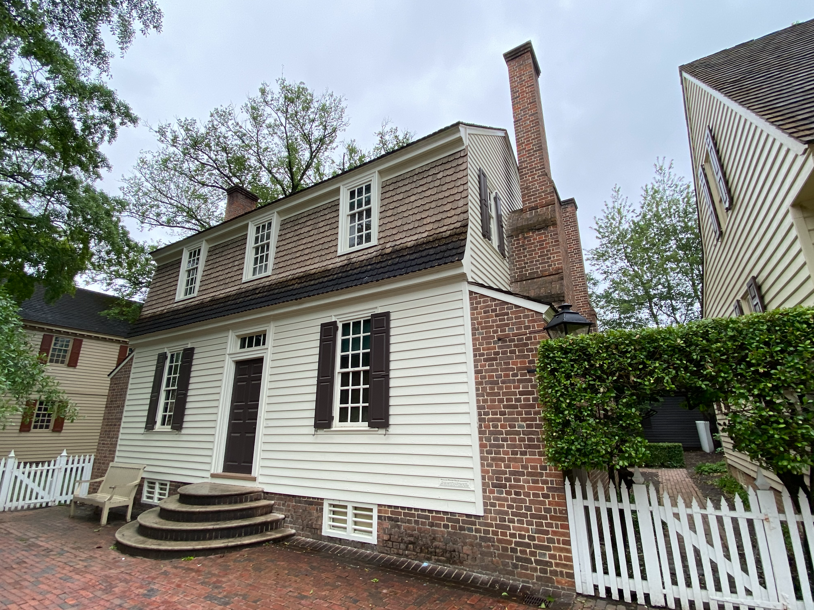




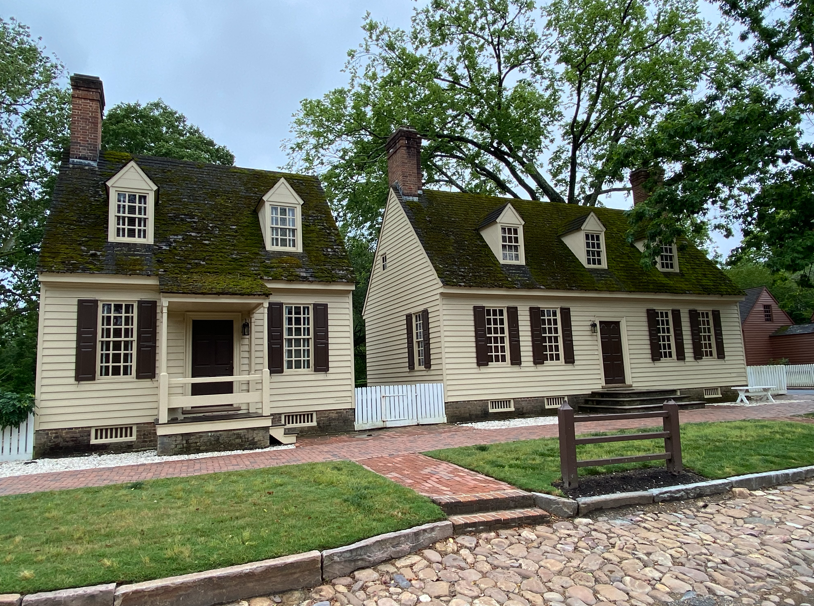

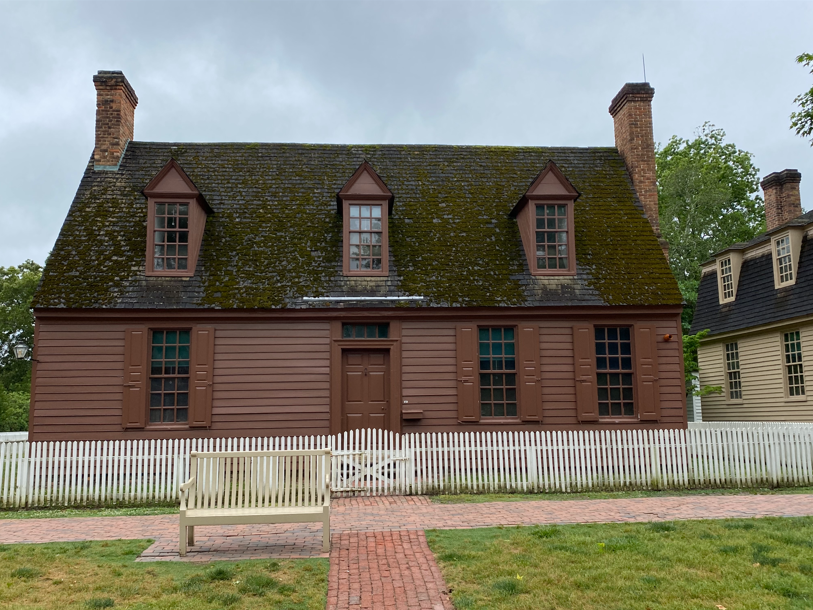






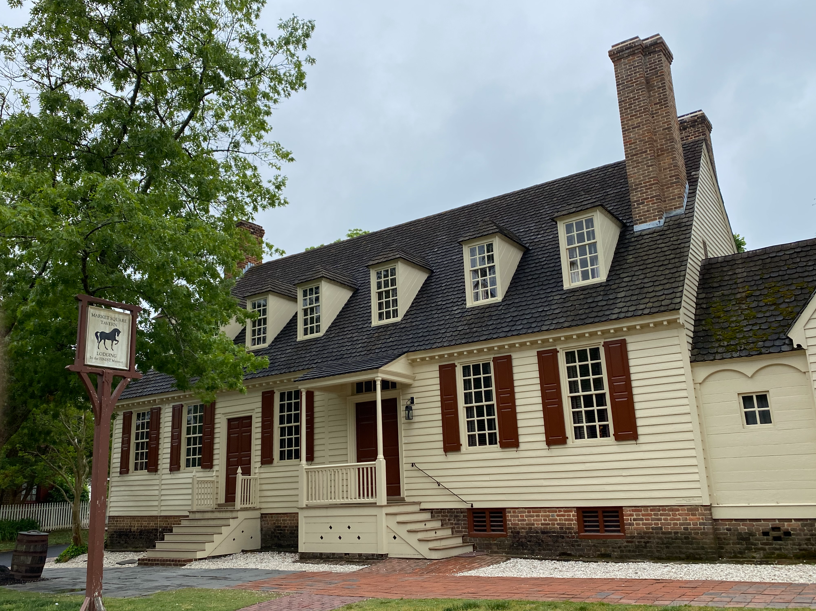
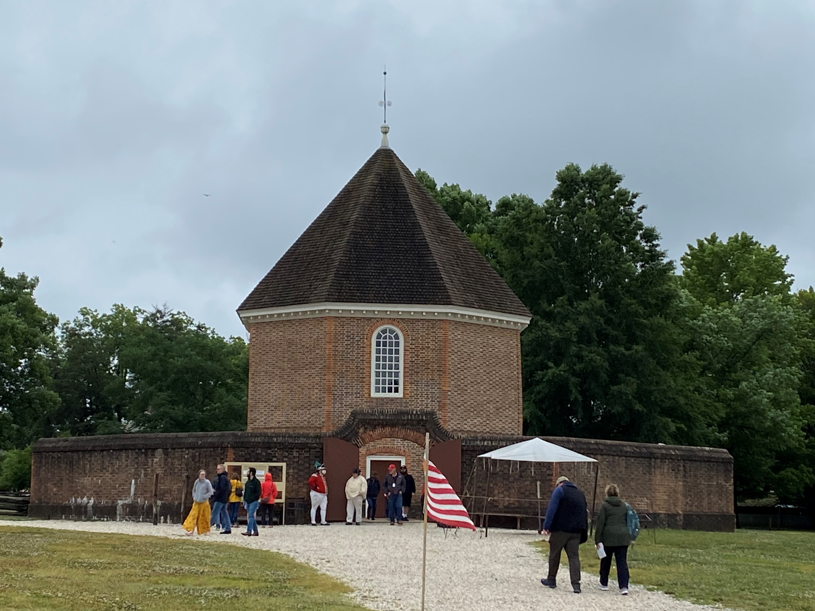
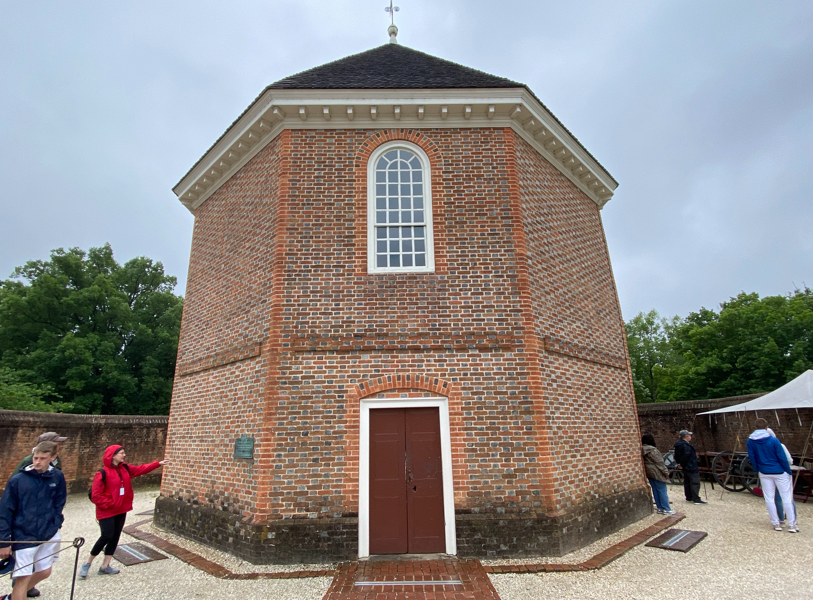
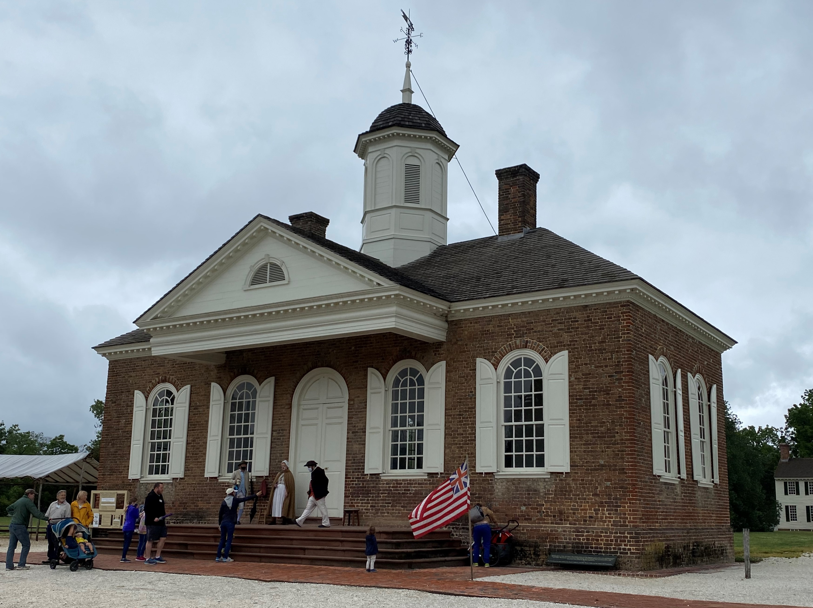





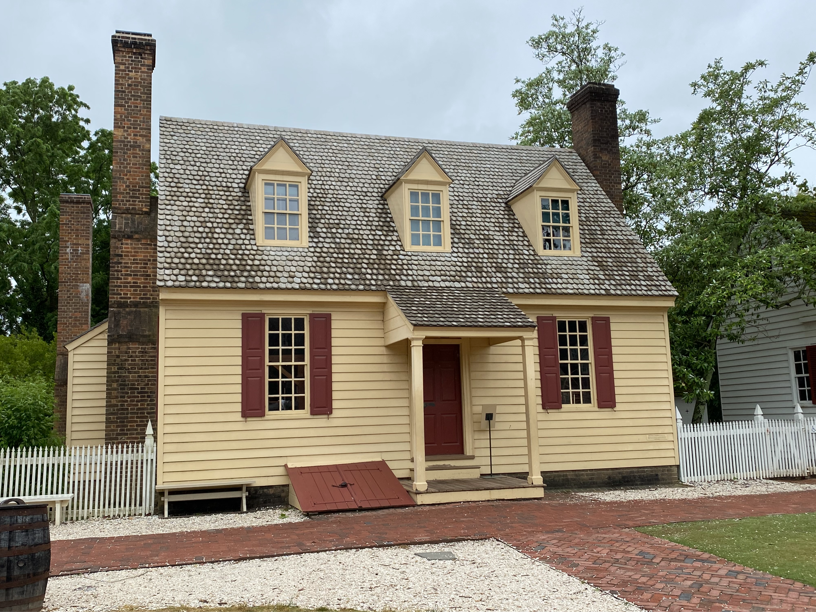



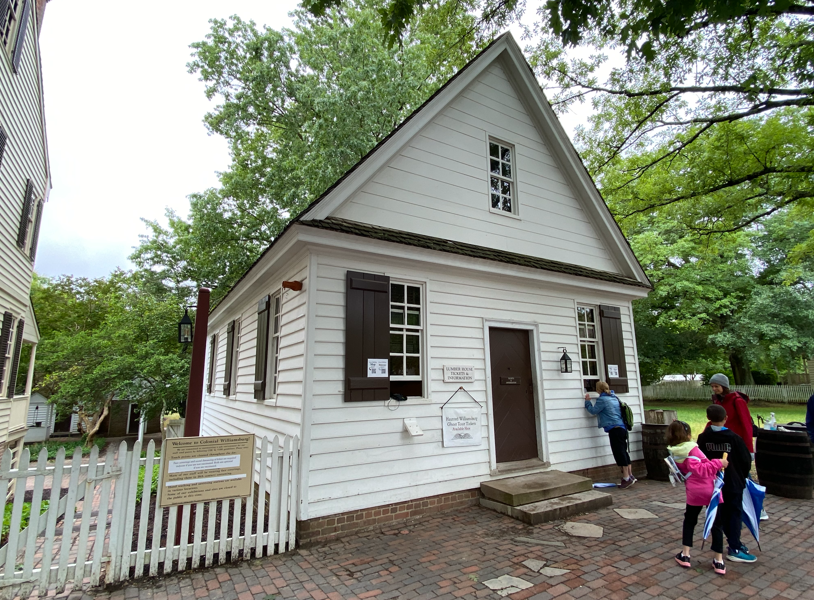











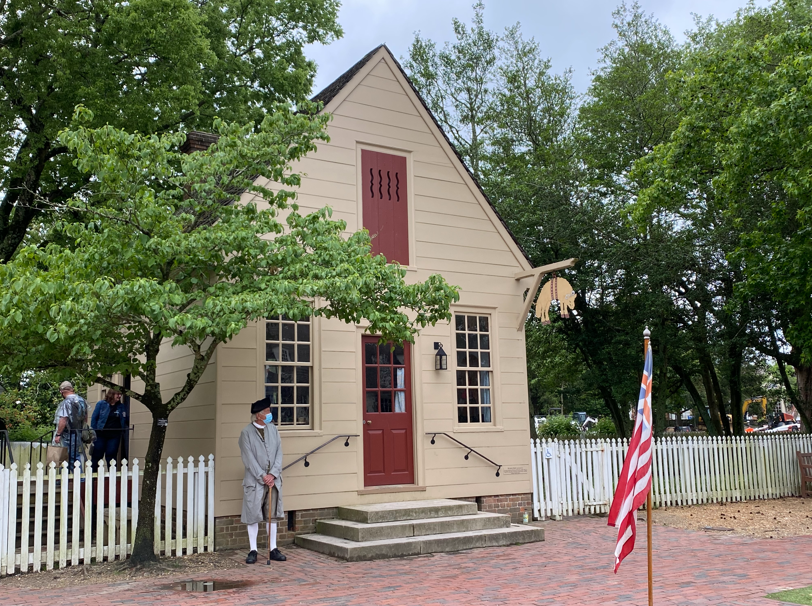


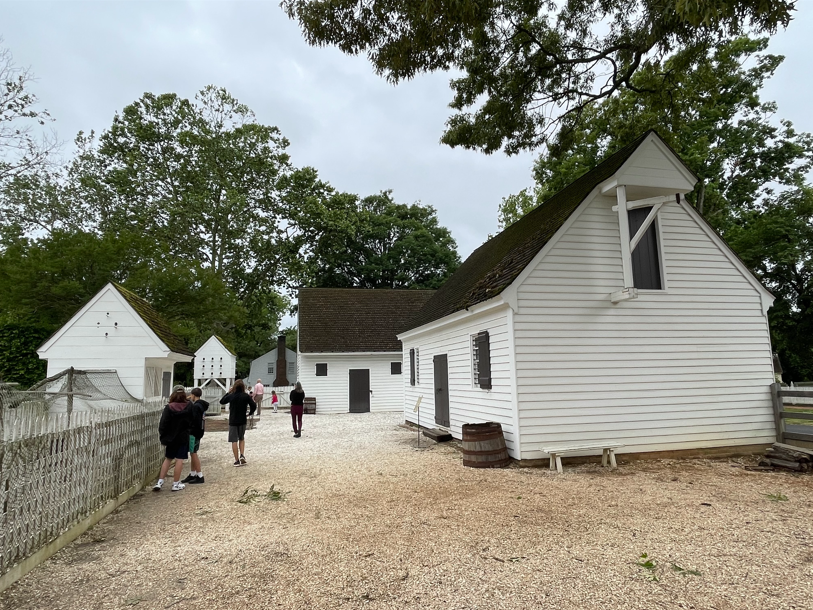







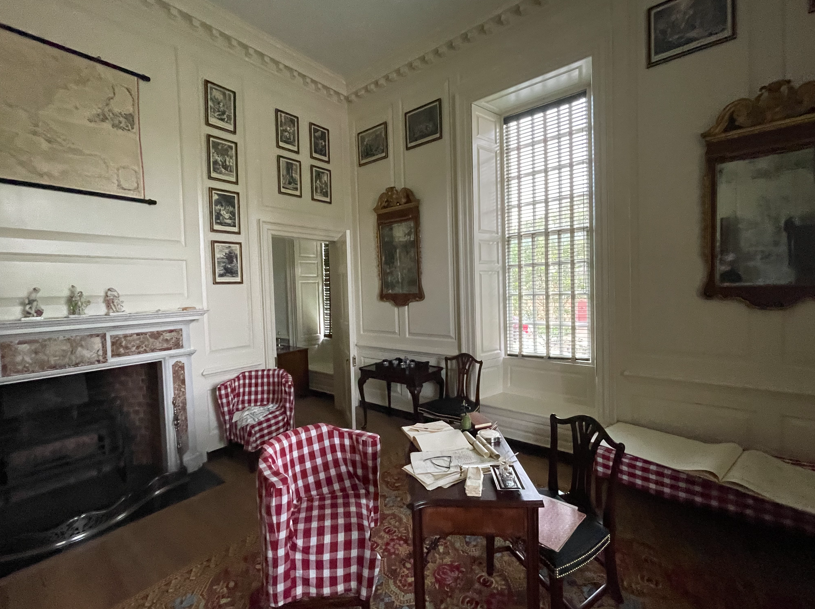

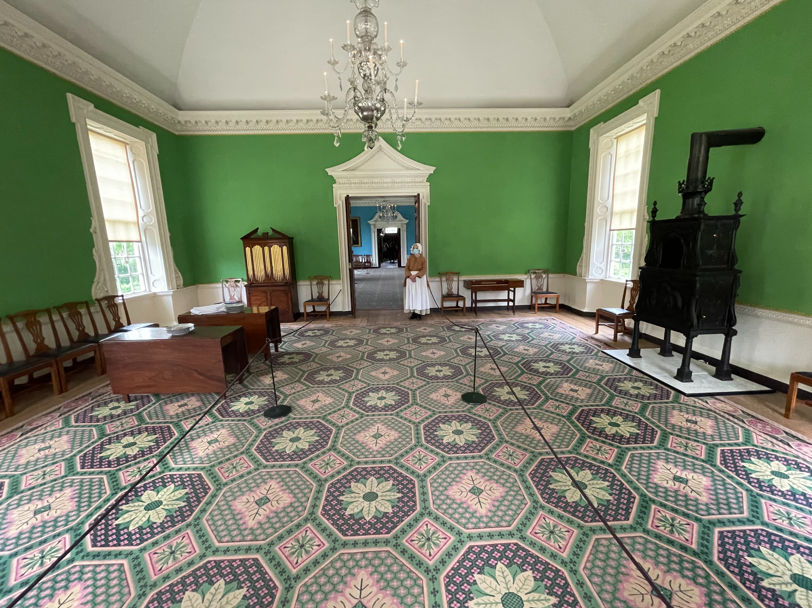



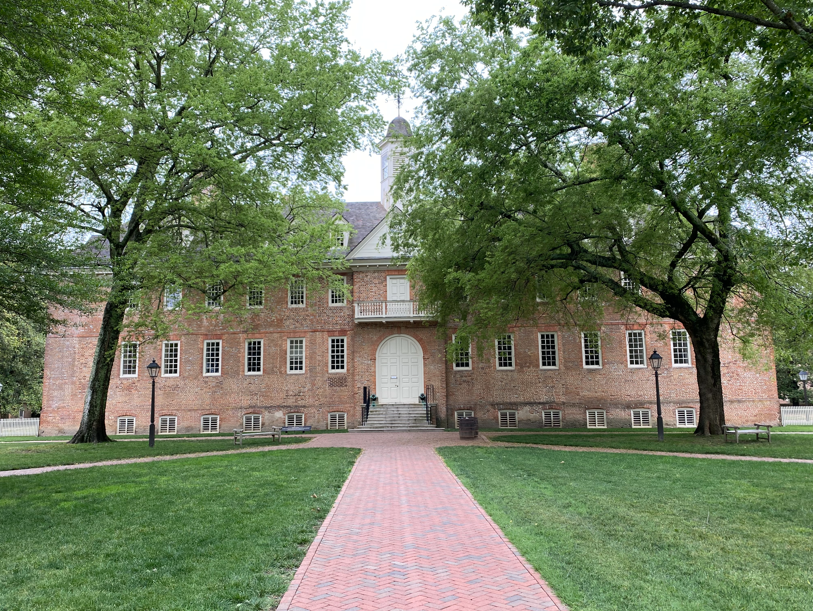




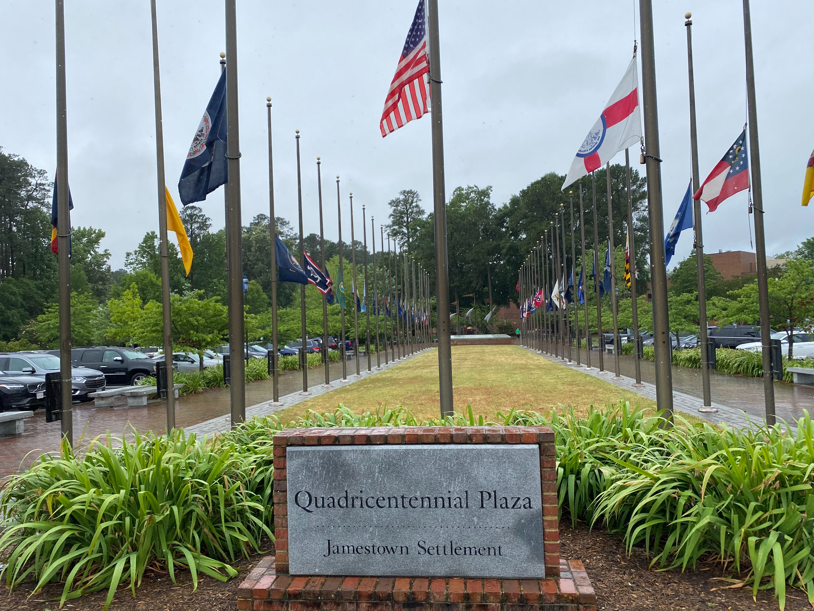


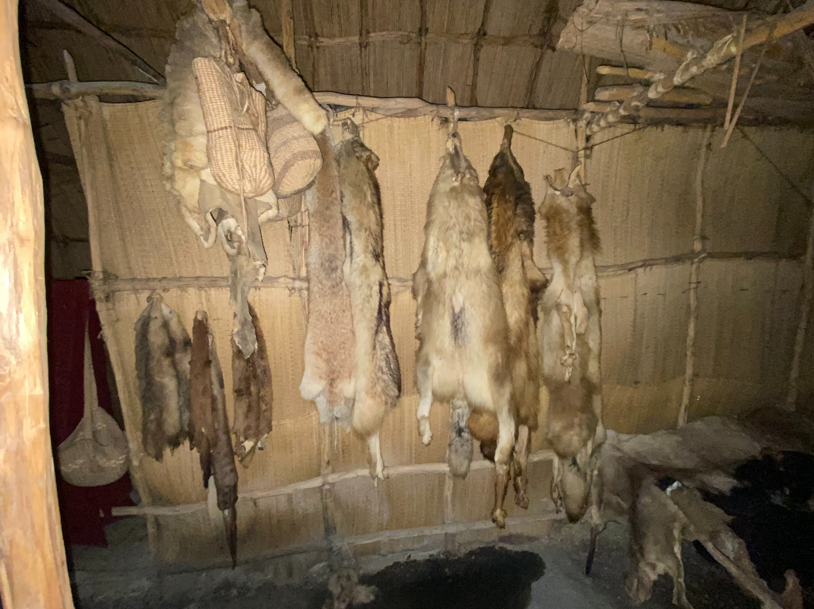
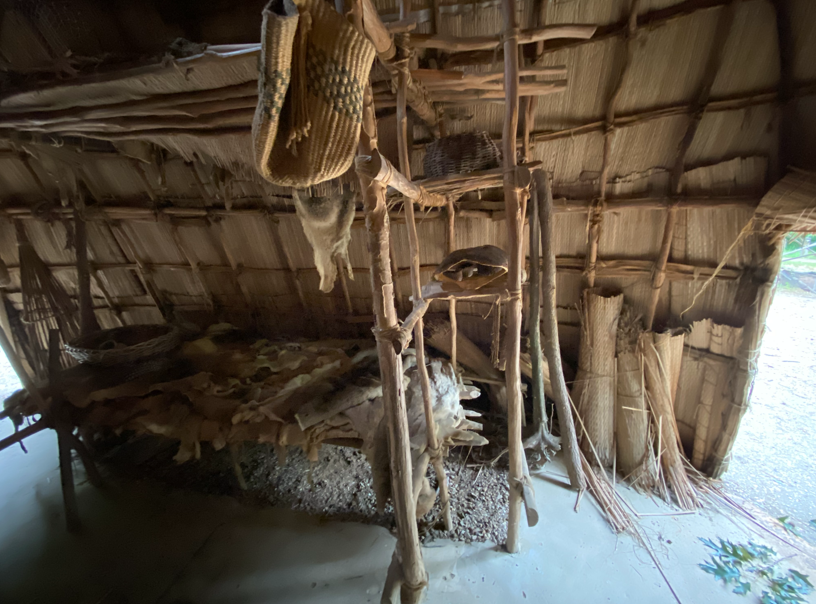









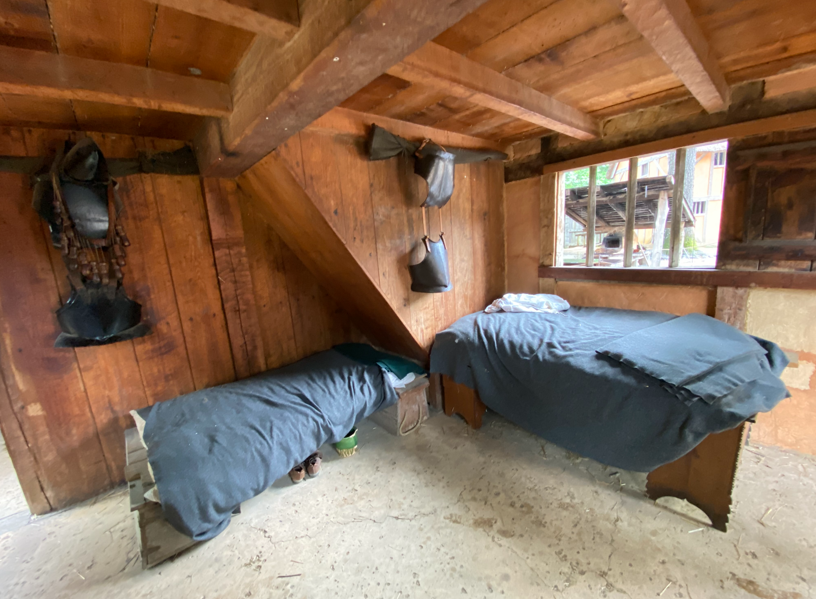









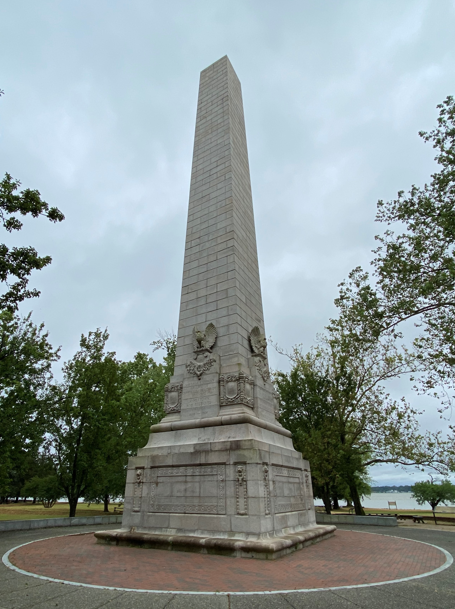












Berkeley Plantation is one of the most historic homes in America. It was the sight of the first Thanksgiving, in 1619.
It was the site of the first Whiskey Distillery in the New World in 1621.
One of the first Ship Yards in the New World.
The 18-gun Man Of War was constructed here for the Revolutionary War.
Berkeley was the home of Benjamin Harrison, signer of the Declaration of Independence. He was also the father of William Henry Harrison, 9th president of the US (1841), who was born here in 1773. Also the great-grandfather of Benjamin Harrison, 23rd president of the US (1889-1893).
“Taps” was composed here in 1862.
President Abraham Lincoln landed here in 1862 to confer with General McClellan and to view the troops.




